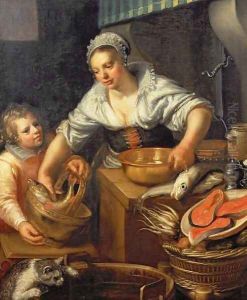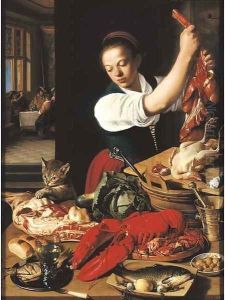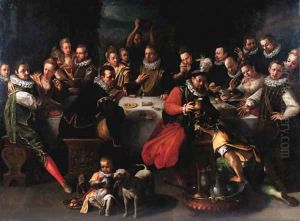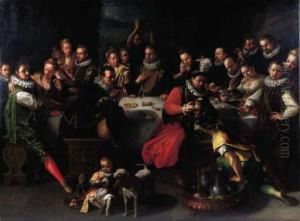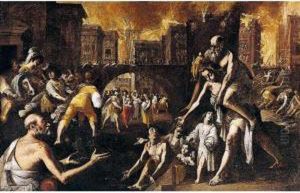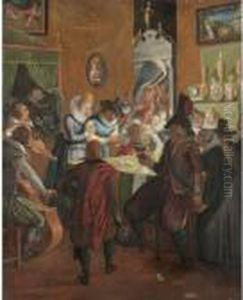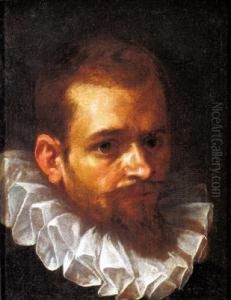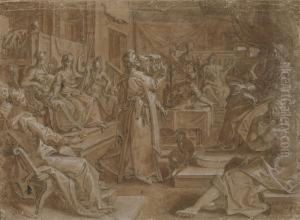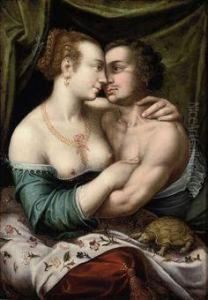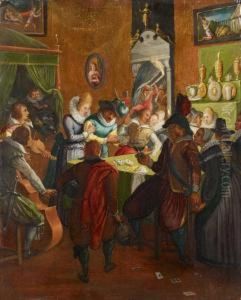Jeremias van Winghen or Wingen Paintings
Jeremias van Winghen, also known as Jeremias van Wingen, was a Flemish painter born in 1616. He was primarily active during the mid-17th century, a period rich with artistic evolution in Europe. Van Winghen was known for his intricate and emotionally resonant works, often categorized within the Baroque movement, which was prominent at the time.
Despite being less renowned than some of his contemporaries, van Winghen made significant contributions to the Flemish art scene. His works are characterized by their detailed execution and vibrant use of color, typical of the Baroque style that sought to evoke emotion and grandeur. He specialized in both religious and secular themes, adeptly navigating the complex interplay of light and shadow to enhance the dramatic effect of his compositions.
Van Winghen spent most of his career in his native Flanders, where he absorbed the influences of more prominent artists such as Peter Paul Rubens. His paintings often reflected the socio-religious complexities of his time, providing a window into the cultural and spiritual life of 17th century Flanders. Jeremias van Winghen passed away in 1665, leaving behind a legacy that, while not as widely recognized as some of his peers, continues to be appreciated by art historians and collectors for its depth and beauty.
